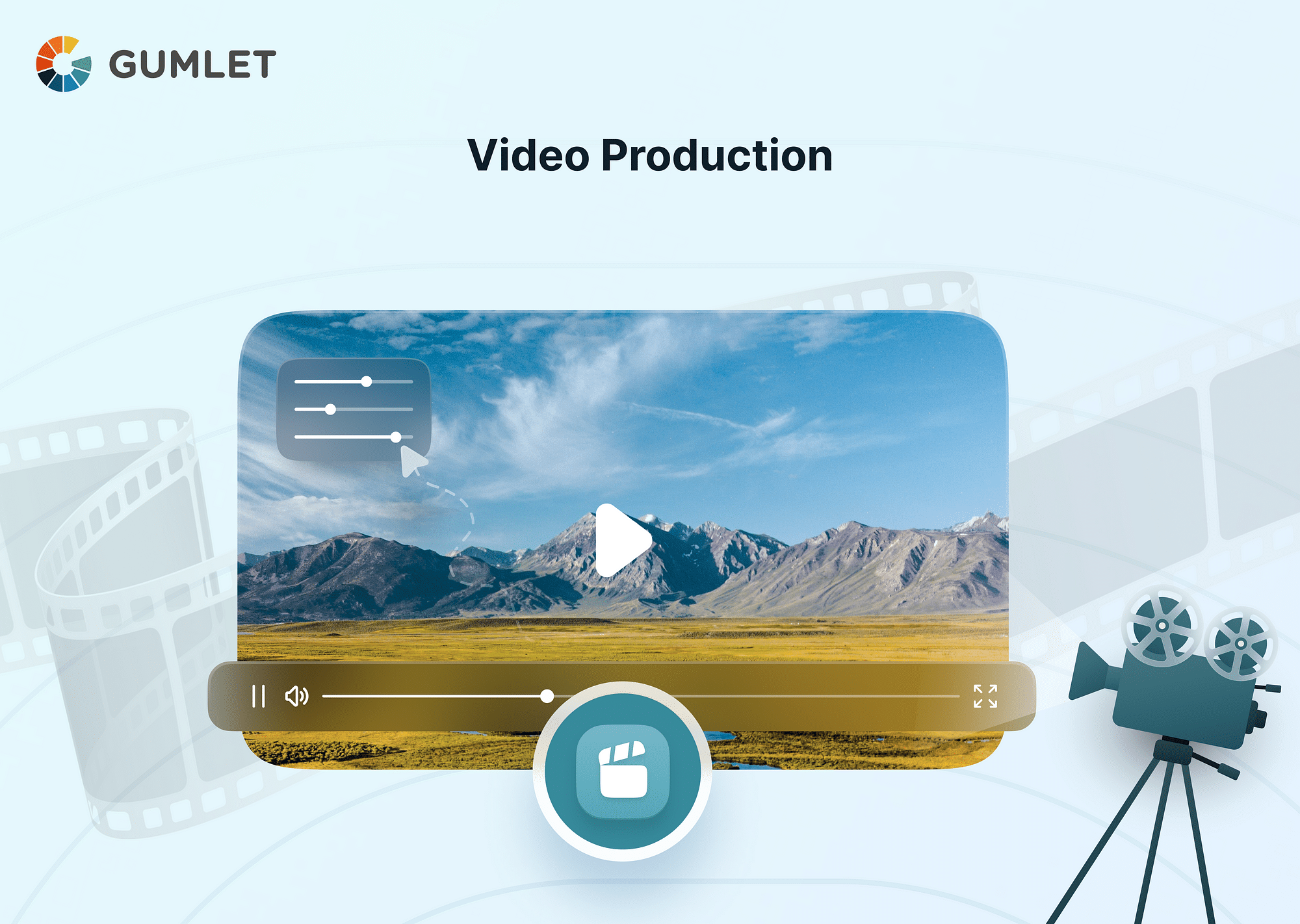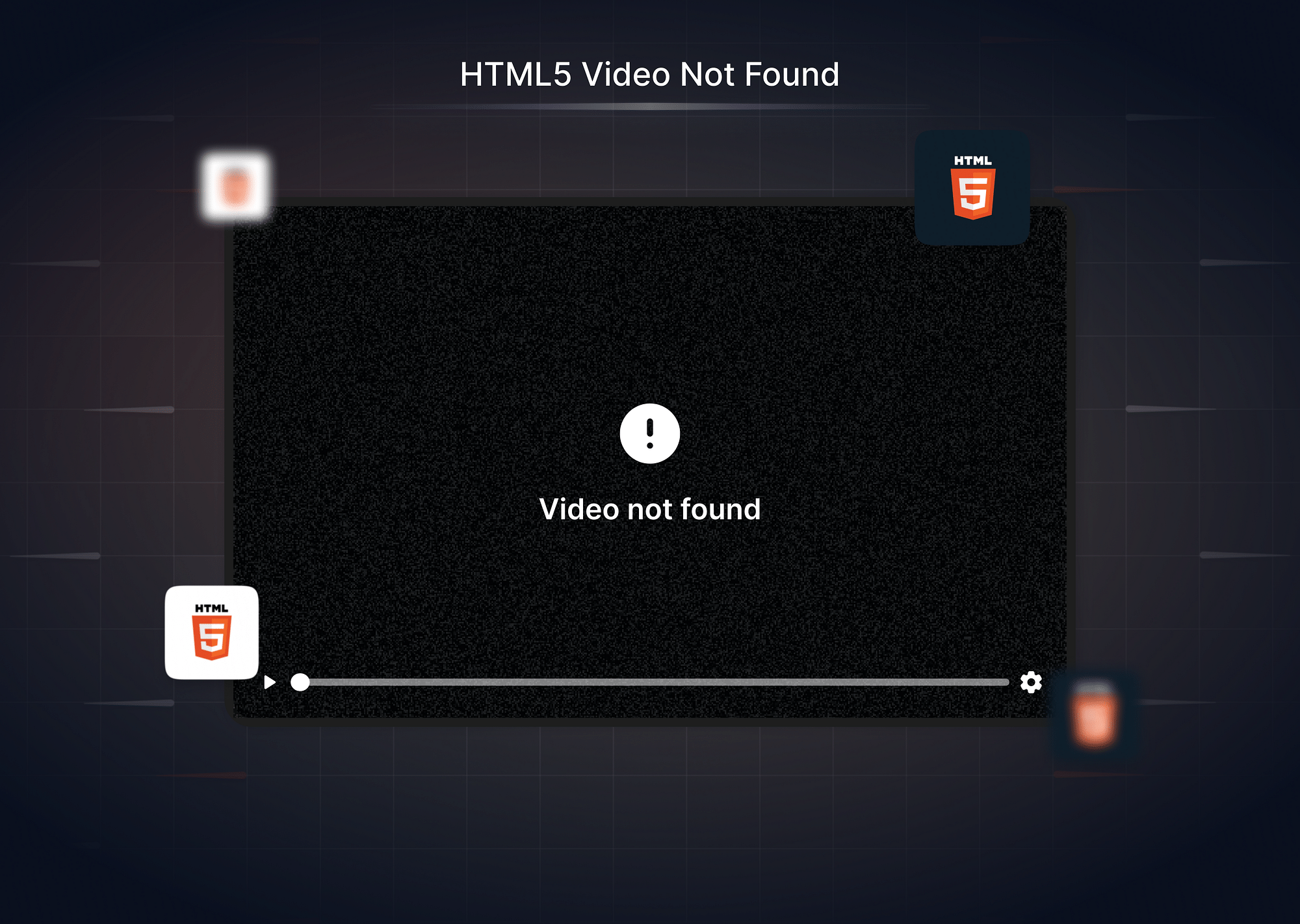What is Video Production?
Video production is a multidimensional art of creating video content for various mediums. It is not just about capturing visuals; it also encapsulates storytelling, conveys emotion, and compels the viewer to take action. Today, video production is crucial in diverse industries, including entertainment, education, marketing, and corporate communication. From blockbuster movies to corporate training modules, from social media commercials to online courses - videos have become an indispensable medium to communicate and engage with the audience.
The Video Production Process
The video production process involves several stages, each contributing to developing a final, polished product. It can be seen as a journey that starts with an initial idea and ends with a final video reaching its audience. This journey often includes stages such as concept development, scriptwriting, storyboarding, casting, location scouting, shooting, editing, and finally, marketing and distribution.

Stages of Video Production
Video production involves three main stages: pre-production, production, and post-production. Understanding these stages is crucial for anyone involved in the process, as they provide a clear roadmap and highlight key tasks and considerations at each stage.
Pre-production
This stage involves all the preparatory work before the camera rolls. Key tasks include:
- Concept Development and Scriptwriting: Here, you brainstorm the initial idea, develop a storyline, and write a script. This is where the foundation for your video is laid.
- Storyboarding and Shot List Creation: Storyboarding visualizes the script scene by scene, while a shot list details every camera angle and shot type.
- Casting and Location Scouting: Selecting appropriate talent and finding suitable locations to shoot the video is done at this stage.
- Preparing Production Schedule and Budget: A production schedule outlines when and where each scene will be shot, and a detailed budget ensures costs are managed effectively.
Production
This is where the actual filming happens:
- Equipment Setup and Technical Preparations: Here, you set up cameras, lighting, and audio equipment and prepare the location and actors for shooting.
- Shooting Footage: The director oversees the filming of scenes according to the storyboard and shot list.
Post-Production
This is where the video is finalized:
- Assembling Raw Footage and Video Editing: The raw footage is compiled, edited, and sequenced to create a coherent narrative.
- Adding Graphics, Sound Effects, and Voiceovers: Additional elements like graphics, soundtracks, special effects, and voiceovers are added to enhance the video's impact.
- Finalizing the Video: The video is polished for color, sound, and visual effects and rendered into the final version.
- Marketing and Distribution: The final video is then promoted and distributed through appropriate channels.
Types of Video Production for All Your Needs
Diversity is crucial in video production, as the process and purpose vary depending on the context and intended audience. Each video serves a unique purpose and requires a unique approach. Understanding this diversity and its impact on the production process can help explore different types of video production catering to different needs.
- Corporate Videos: These include company profiles, product videos, training videos, etc. The production process emphasizes branding, and professionalism and often uses testimonial or demonstrative approaches.
- Marketing Videos: Commercials and social media videos fall under this category. The process emphasizes creating persuasive and engaging content that leads to conversions.
- Educational Videos: These involve online courses, webinars, tutorials, etc. The emphasis is on clarity, coherence, and effective communication of the subject matter.
- Entertainment and Creative Videos: This includes films, documentaries, music videos, animated videos, etc. The production process focuses on storytelling, artistic expression, and engaging the audience emotionally.
Essential Video Production Equipment and Tools
Video production is both an art and a science, and just like a painter needs a canvas, brushes, and paints, video producers also require a range of equipment and tools to create their masterpieces. These tools are integral to the process, helping to capture high-quality footage, control lighting, ensure clear audio, and bring everything together in post-production. Understanding these essentials is crucial for producing professional-quality videos.
- Camera and Lenses: Your camera will be the primary tool for capturing video. Lenses can vary in the field of view, depth of field, and image quality.
- Lighting Equipment: Good lighting is crucial for setting the video's mood and capturing high-quality footage.
- Audio Equipment: Clear and high-quality sound is essential for any video. This includes microphones, headphones, and audio recorders.
- Editing Software: This is where you assemble, trim, and enhance your video. Choices range from beginner-friendly options to professional-grade software.
Future Trends in Video Production
Video production is constantly evolving due to technological advancements and audience preferences. To stay ahead, producers must stay updated on emerging trends, such as immersive realities, artificial intelligence, mobile-centric content creation, and sustainability-focused practices. These trends create immersive, engaging, and sustainable content, allowing producers to stay ahead of the curve and resonate with audiences.
Virtual and Augmented Reality
Virtual Reality (VR) and Augmented Reality (AR) redefine the boundaries of video production and viewer experience. VR enables creators to place viewers in a 360-degree environment, offering an immersive experience beyond the traditional frame of video content. Meanwhile, AR overlays digital information in the real world, opening up interactive and engaging content possibilities. As VR and AR technologies become more accessible and widely adopted, they will continue revolutionizing how we create and consume video content.
Mobile Video Production
The smartphone revolution has placed high-quality video production tools in the hands of millions worldwide. From filming to editing to distribution, the entire video production process can now be handled on a mobile device. This democratization of video production fosters a wave of creativity and inclusivity as more and more people become content creators. As mobile technology advances, we expect to see increased diversity and quantity of video content being produced.
Artificial Intelligence in Video Editing
Artificial Intelligence (AI) is making its presence felt in video editing. AI tools can analyze hours of footage to select the best shots, automate color correction, generate text overlays, and even predict viewer preferences to optimize content. These capabilities can save considerable time and effort in the editing process, allowing creators to focus more on storytelling and creative aspects. As AI technology matures, it promises to make video editing more efficient and sophisticated.
Sustainable Video Production
Sustainability is a growing concern across all industries, and video production is no exception. Filmmakers are seeking ways to minimize the environmental impact of their work, from choosing energy-efficient equipment and using virtual sets to reduce travel to preferring digital distribution methods over physical media. This trend reflects the broader societal shift towards environmental responsibility and will likely become a standard practice in the video production industry.
Video Production Tips
Creating a successful video is no easy task; it requires a blend of creativity, technical proficiency, and keen attention to detail. Whether you're a beginner stepping into the world of video production or a seasoned pro looking to polish your skills, here are five key tips that can elevate your video content:
- Master the Art of Storytelling: Remember, at its core, every video tells a story. A well-structured narrative can engage your audience, evoke emotions, and deliver your message effectively. Always keep the storyline clear, coherent, and compelling.
- Pay Attention to Lighting: Good lighting is vital in creating professional-looking videos. Whether you're shooting indoors or outdoors, ensure your subjects are well-lit and avoid harsh shadows unless they serve a specific purpose in your story.
- Invest in Good Audio: Sound quality is often overlooked, but it's just as important as visual quality. Invest in good quality microphones and audio recording equipment to ensure clear and crisp sound.
- Never Underestimate Pre-production: Good planning can save you from many headaches during the shooting and post-production stages. Spend ample time in pre-production to finalize your script, storyboard, shot list, and production schedule.
For post-production, video streaming/hosting platforms like Gumlet can be a game-changer. Gumlet is a video hosting platform that hosts your videos and offers deep video analytics. With features like adaptive bitrate streaming and per-title-encoding, Gumlet can optimize your videos for different platforms and devices, ensuring smooth playback and a great viewing experience for your audience.
Conclusion
Video production is an evolving field influenced by emerging trends like virtual and augmented reality, mobile video production, AI, and sustainability. Platforms like Gumlet simplify post-production workflows and offer efficient rendering and hosting solutions. To succeed, keep the fundamentals in mind, stay updated on trends, use the right tools, and never stop creating.
FAQs:
1. What is the most important phase of video production?
Each phase of video production is critical as they collectively contribute to the final output. However, pre-production is often considered the most important as it sets the foundation for the entire project.
2. How much does video production cost?
The cost of video production can vary greatly depending on the video's length, complexity, equipment used, and talent involved. A simple video can be produced on a low budget, while a high-end commercial production can cost several thousand dollars.
3. What are the tips when considering a video production agency?
Look for an agency with a good track record, check their previous work, ensure they understand your vision and can work within your budget, and finally, assess their creative and technical proficiency.
4. What are the challenges faced during video production?
Common challenges include managing costs, scheduling conflicts, technical issues, unpredictable weather for outdoor shoots, and ensuring the final video aligns with the initial concept and goals.




